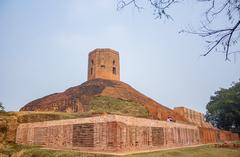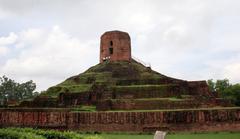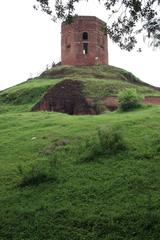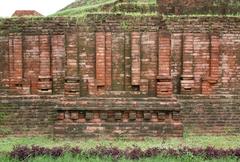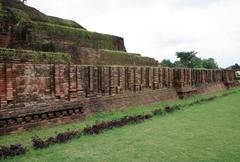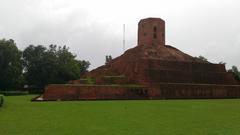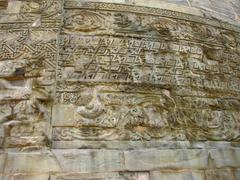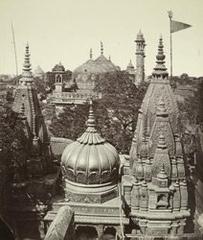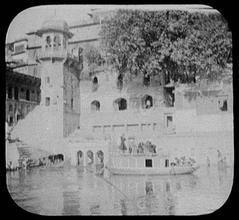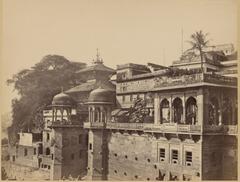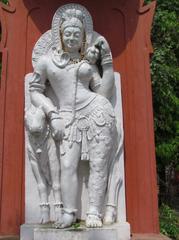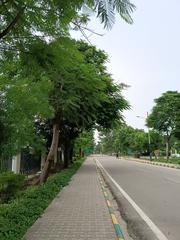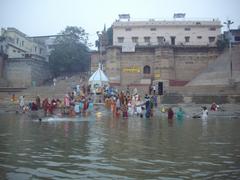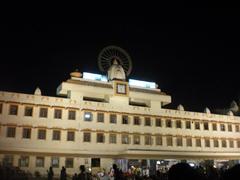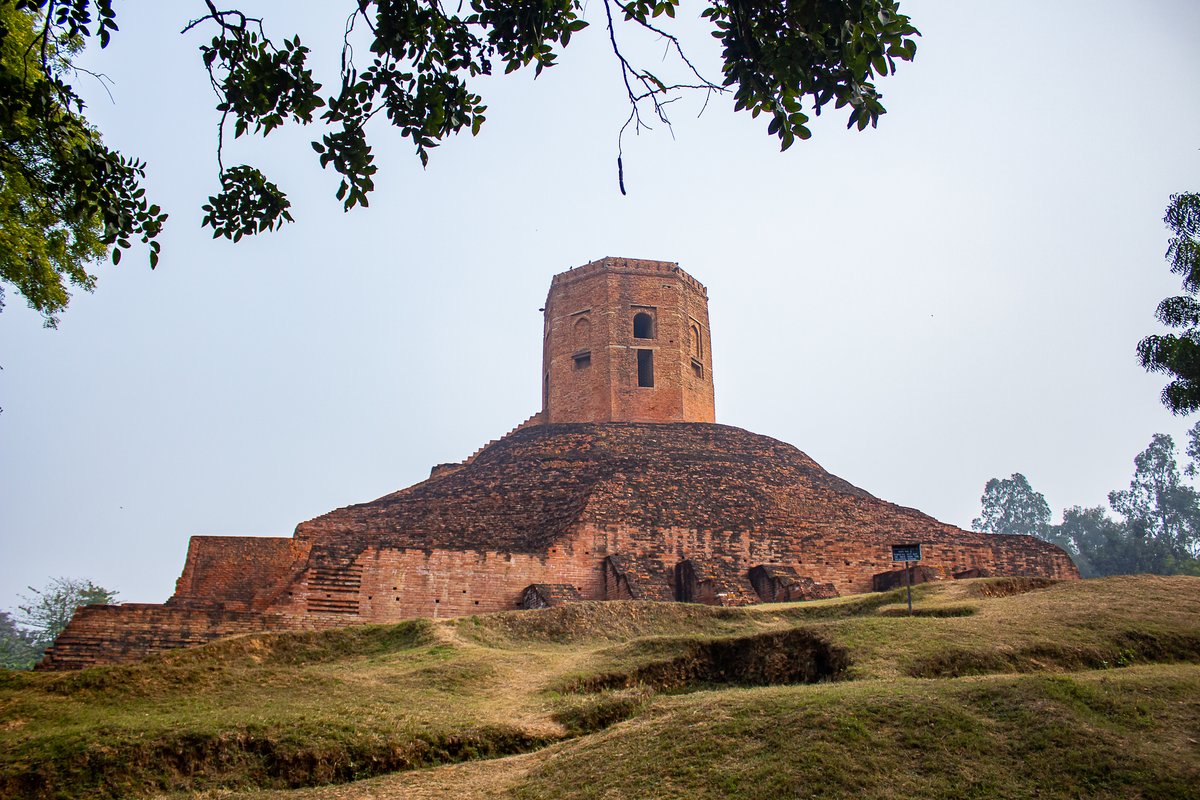
Chaukhandi Stupa Visiting Hours, Tickets, and Historical Significance
Date: 18/07/2024
Introduction
Table of Contents
- Introduction
- Early Beginnings and the Gupta Era
- Transformation Under Mughal Influence
- A Beacon for Travelers and Pilgrims
- Visitor Information
- Architectural Significance
- Religious Significance
- Travel Tips
- Nearby Attractions
- A UNESCO World Heritage Site
- FAQ
- Conclusion
Early Beginnings and the Gupta Era
While the exact origins of the Chaukhandi Stupa remain shrouded in the mists of time, it is believed to have been built sometime during the Gupta period (4th-6th century CE). This era, often hailed as the Golden Age of India, witnessed a flourishing of art, culture, and architecture, with Buddhism playing a pivotal role. The stupa, in its earliest form, likely served as a commemorative monument, perhaps marking a sacred site related to Buddha’s life or teachings.
Transformation Under Mughal Influence
Fast forward several centuries, and the Chaukhandi Stupa underwent a significant transformation during the Mughal period. In 1588, Emperor Akbar, known for his religious tolerance and architectural inclinations, ordered the stupa to be renovated and an octagonal tower added to its top. This tower, built in the distinctive Islamic architectural style, stands as a symbol of the Mughal Empire’s influence and Akbar’s attempt to foster harmony between different faiths.
A Beacon for Travelers and Pilgrims
Throughout its long history, the Chaukhandi Stupa has served as a significant landmark for travelers and pilgrims. Its towering presence on the ancient trade route connecting Varanasi to Sarnath, another important Buddhist site, made it a prominent waypoint for weary travelers.
Visitor Information
Visiting Hours
The Chaukhandi Stupa is open to visitors from 6:00 AM to 6:00 PM daily. Early morning and late afternoon are the best times to visit to avoid the midday heat.
Ticket Prices
Entry to the Chaukhandi Stupa is free of charge. However, guided tours, which provide rich historical context and detailed architectural insights, may come at a nominal fee.
Architectural Significance
The Chaukhandi Stupa is an architectural marvel, showcasing a blend of different styles and influences. The base of the structure, believed to date back to the Gupta period, is a massive earthen mound, a characteristic feature of early Buddhist stupas. The octagonal tower added during Akbar’s reign, with its intricate carvings and elegant proportions, reflects the Mughal penchant for grandeur and artistic finesse. This unique fusion of architectural styles makes the Chaukhandi Stupa a fascinating study in the evolution of Indian architecture.
Religious Significance
While the Chaukhandi Stupa’s early history is rooted in Buddhism, its significance extends beyond a single faith. For Buddhists, it serves as a reminder of their rich heritage and the enduring legacy of Buddha’s teachings. The stupa’s location on the ancient pilgrimage route to Sarnath, where Buddha delivered his first sermon, further amplifies its religious importance.
Travel Tips
- Best Time to Visit: The best time to visit the Chaukhandi Stupa is during the cooler months from October to March.
- What to Expect: Expect a serene and contemplative environment, ideal for those interested in history and spirituality.
- Recommended Preparations: Wear comfortable walking shoes and carry water, especially if visiting during warmer months.
Nearby Attractions
- Sarnath: Located just a few kilometers from the Chaukhandi Stupa, Sarnath is another significant Buddhist site where Buddha delivered his first sermon.
- Varanasi Ghats: The ghats of Varanasi are famous for their spiritual and cultural significance.
- Dhamek Stupa: Another important Buddhist stupa located in Sarnath.
A UNESCO World Heritage Site
Recognizing its historical, architectural, and cultural significance, UNESCO inscribed the Chaukhandi Stupa as a World Heritage Site in 2016. This prestigious designation acknowledges the stupa’s outstanding universal value and underscores the importance of its preservation for future generations.
FAQ
- What are the visiting hours of Chaukhandi Stupa? The stupa is open from 6:00 AM to 6:00 PM daily.
- How much do tickets to Chaukhandi Stupa cost? Entry is free, but guided tours may have a nominal fee.
- What is the best time to visit Chaukhandi Stupa? The cooler months from October to March are ideal.
Conclusion
The Chaukhandi Stupa stands as a silent sentinel, bearing witness to the ebb and flow of history. Its weathered bricks whisper tales of ancient empires, religious fervor, and the enduring power of human creativity. A visit to this magnificent monument is not just a journey through time but also a pilgrimage into the heart of India’s rich cultural tapestry.

